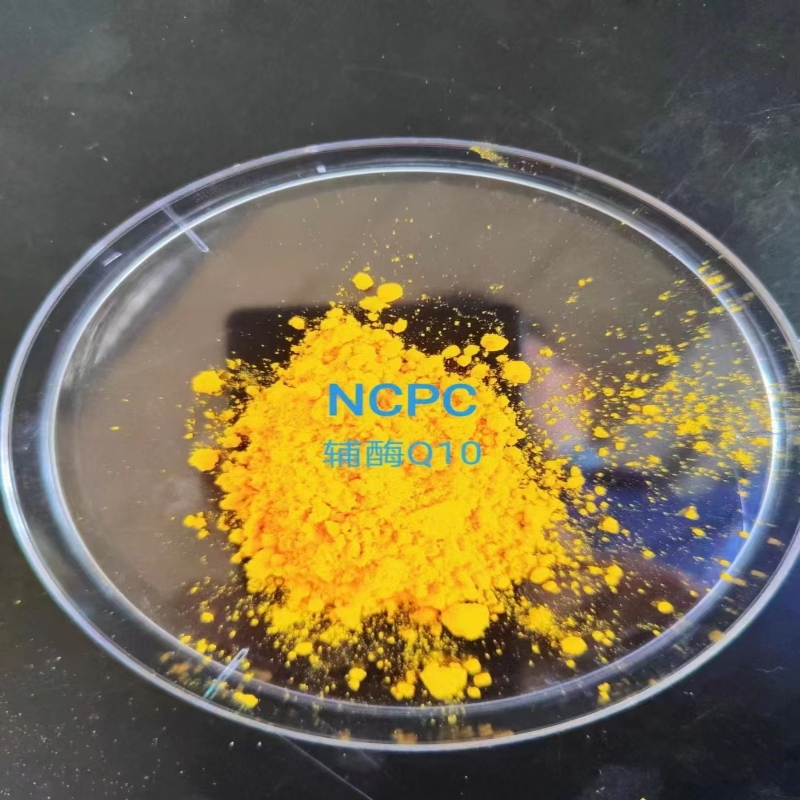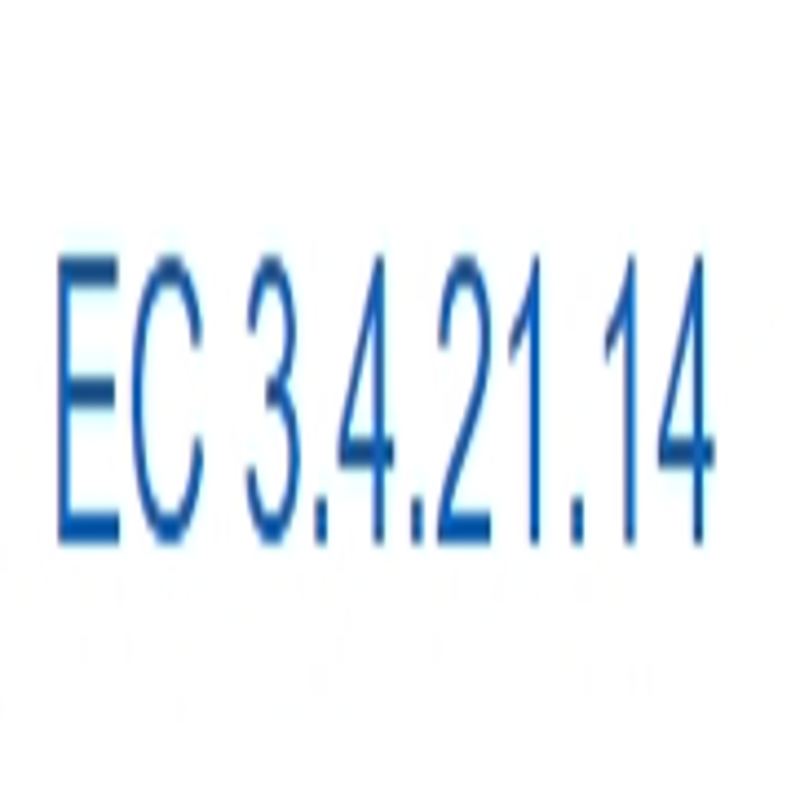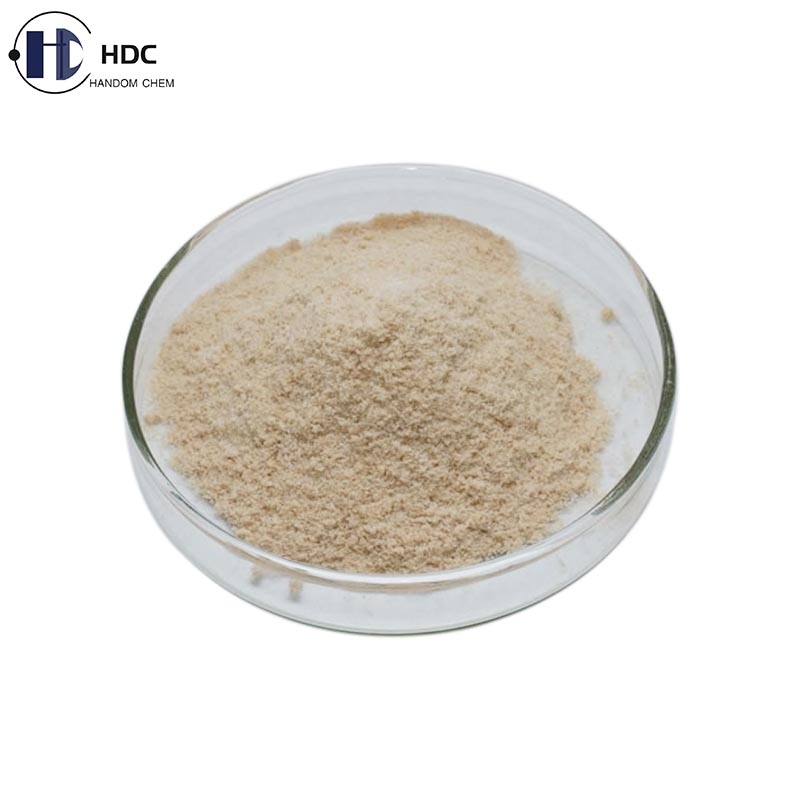Study revealed the catalytic mechanism of diterpene glycosyltransferase srugt76g1
-
Last Update: 2019-10-16
-
Source: Internet
-
Author: User
Search more information of high quality chemicals, good prices and reliable suppliers, visit
www.echemi.com
On September 28, plant communications online published the cooperative research results "structural insights into the catalytic mechanism of a plant dieterpene glycosyltransferase srugt76g1" of Wang Yong research group and Zhang Peng research group of center for molecular plant science excellence and innovation of Chinese Academy of Sciences The molecular mechanism of substrate recognition and catalysis of glucosyltransferase srugt76g1, a diterpenoid compound, was explained in detail Glycosylation of natural products mediated by glycosyltransferase is one of the most widely used modifications in the biosynthesis of secondary metabolites, and it is also one of the main mechanisms for plant cells to maintain metabolic balance, which determines the water solubility, biological activity, stability, toxicity, transportability and subcellular location of secondary metabolites Up to now, little is known about the molecular mechanism of substrate recognition specificity and product formation specificity of these glycosyltransferases In this work, we studied the protein structure and catalytic mechanism of the diterpenoid glycosyltransferase srugt76g1 from Stevia rebaudiana, which has a wide range of substrate catalytic activity It was found that the enzyme can recognize a variety of diterpenoids and other small molecular compounds to generate corresponding glycosylation products We obtained the crystal structure of srugt76g1 and four different substrates We found that the reason why srugt76g1 can recognize many different substrates is its wide glycosyl receptor binding pocket, which is obviously different from the known flavone or salicylate glycosyltransferase Further research shows that gly87 and leu204 are the key residues that determine the specificity of srugt76g1 substrate recognition Mutation can realize the conversion of diterpenoid glycosyltransferase to substrate recognition, that is, from diterpene to flavone At the same time, thr284 is the key site of substrate recognition specificity and product specificity Based on this, the author successfully synthesized rare and high-power sweetener rebm with rebd as the substrate, which reduced the recognition of Reba and the formation of rebi This work revealed the molecular mechanism of recognition and catalysis of diterpene glycosyltransferase substrate, which laid a molecular foundation for the synthesis of natural or unnatural glycosylation products with more structural and functional diversity through glycosylation engineering This research also provides an efficient and convenient way to manufacture rare diterpenoid glycosides in plants such as rebm on a large scale through the synthesis of biotechnology At present, this technology has been successfully industrialized (BIOON Com)
This article is an English version of an article which is originally in the Chinese language on echemi.com and is provided for information purposes only.
This website makes no representation or warranty of any kind, either expressed or implied, as to the accuracy, completeness ownership or reliability of
the article or any translations thereof. If you have any concerns or complaints relating to the article, please send an email, providing a detailed
description of the concern or complaint, to
service@echemi.com. A staff member will contact you within 5 working days. Once verified, infringing content
will be removed immediately.







